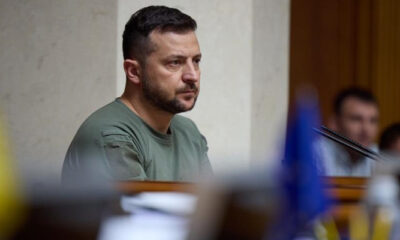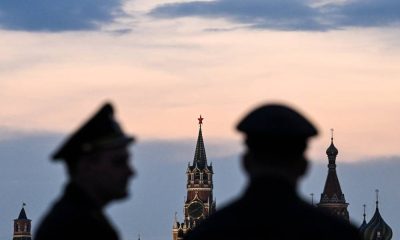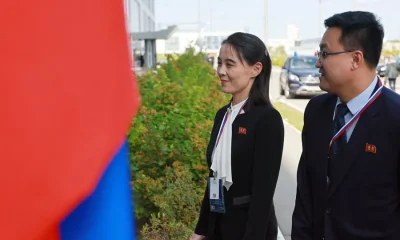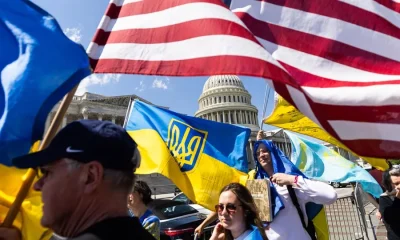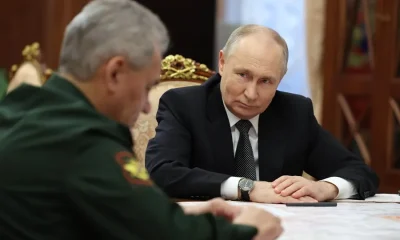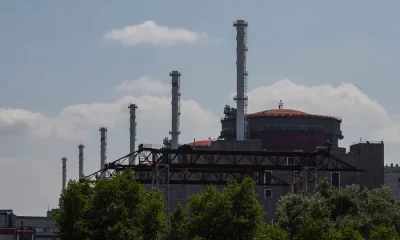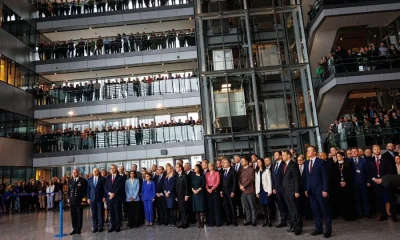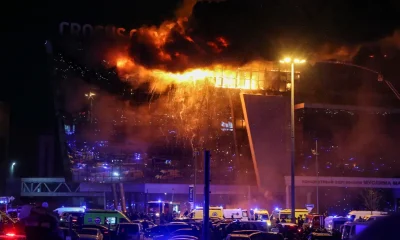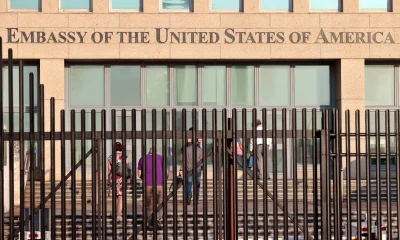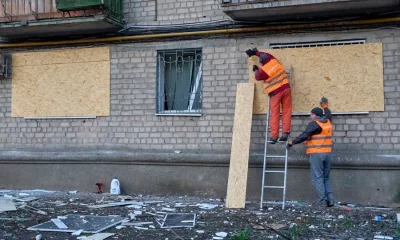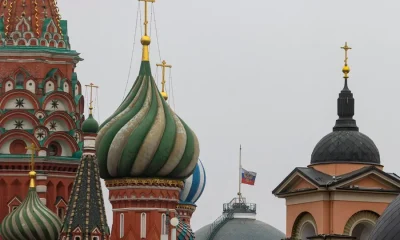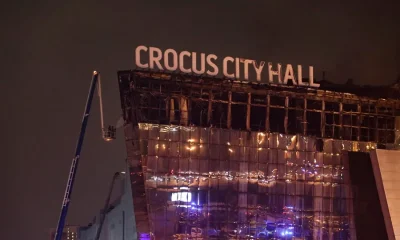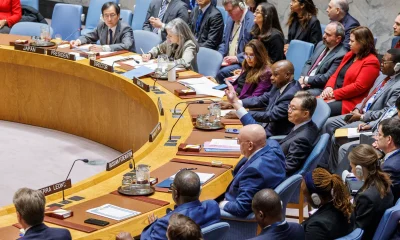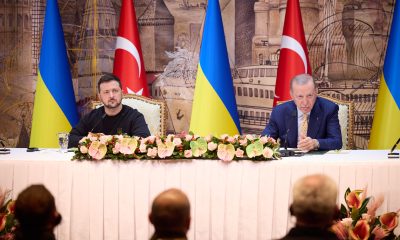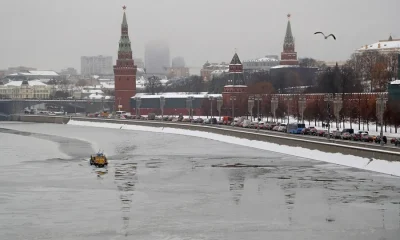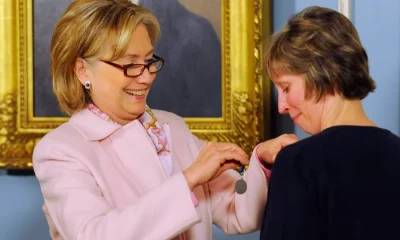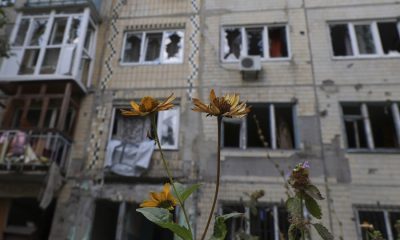International
Russia launches Ukraine’s “biggest attack on the energy industry”
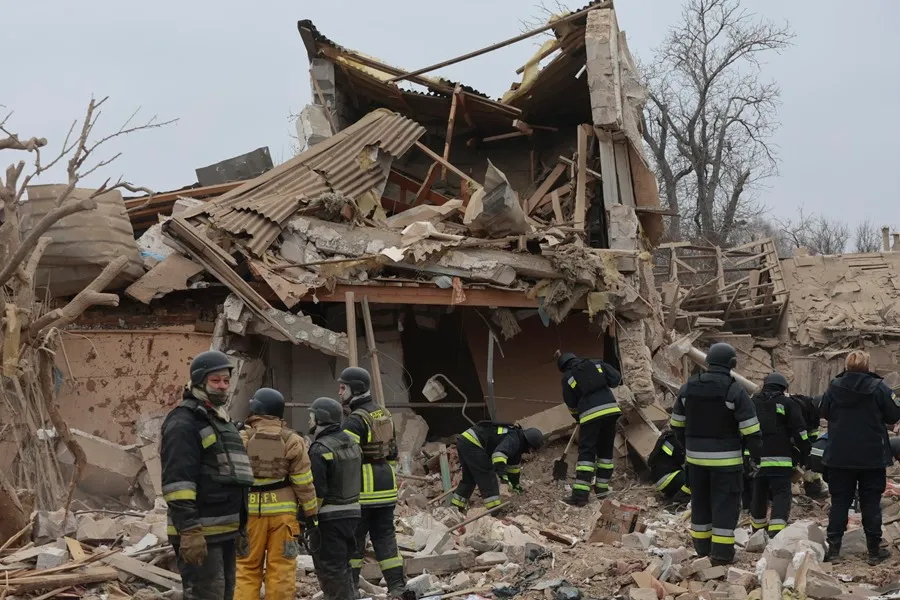
At least three people have died and three others are missing as a result of the massive attack with missiles and drones launched by Russia against numerous regions of Ukraine.
According to the Ukrainian president, Volodimir Zelenski, there have been almost 90 missiles and more than 60 Shahed drones aimed at power plants and transmission lines, a hydroelectric plant and residential buildings.
“It is important to understand the cost of delays and postponed decisions,” Zelenski said on his Telegram account, after giving his condolences to those killed in the attack, referring to the request he made to the European Council on Wednesday for more air defense systems to better protect the entire Ukrainian territory from Russian attacks.
For his part, the Minister of Energy, German Galushchenko, has assured on his social networks that this morning is the largest attack recently launched by Russia against the Ukrainian energy sector.
“The enemy is carrying out the biggest recent attack against the Ukrainian energy industry,” Galushechenko wrote early Friday morning. The minister added that “the Russian goal” “is not only to damage, but to try to provoke again a large-scale collapse of the country’s energy system.”
Galushchenko reported power cuts in several regions of the country as a result of the attack. One of the affected areas is the northeastern city of Kharkov, whose authorities have reported that the city has run out of light.
In addition, the authorities have confirmed that one of the projectiles has hit the largest hydroelectric plant in the Zaporiyia region, in southeastern Ukraine.
According to the company in charge of this installation, Russia seeks to “create a new ecological disaster” by hitting the infrastructure of the plant and the dam from which it is fed with water.
Ukraine is receiving electricity from Romania, Slovakia and Poland to maintain the supply after the massive attack on its energy system.
The explosions were recorded after the Ukrainian Air Force reported the detection of Russian cruise and ballistic missiles that were heading for Ukrainian territory under Kiev’s control.
The Ukrainian defenses managed to destroy 55 of the 63 Shahed kamikaze drones and 37 of the 88 missiles of different types launched by Russia, according to the balance sheet of the Ukrainian Air Force.
“During the early morning of March 22, the enemy launched a combined air attack against critical infrastructures in Ukraine,” it reads the Kiev military report, which reports that Russia used, among other types of projectiles, 7 Kinzhal hypersonic missiles and 12 Iskander-M ballistic missiles in the attack.
Ukrainian air defenses shot down 35 of the 45 cruise missiles fired by Russia, but could not intercept any of the Kinzhal or the Iskander-M.
Ukraine can intercept ballistic and hypersonic missiles such as the Kinzhal in Kiev, but it is vulnerable to this type of Russian weaponry in almost the rest of the country.
In addition, Russia has launched 49 retaliatory attacks for Ukrainian incursions in the border regions of Belgorod and Kursk during the last week.
“From March 16 to 22, in response to the bombing of our territories, the attempts to raid and capture Russian border localities, the Russian Armed Forces launched 49 retaliatory attacks with long-range aerial weapons, including Kinzhal hypersonic missiles and drones,” the Russian Ministry of Defense reported today in its daily war report.
The military department indicated that as a result of the attacks, “decision-making centers of the Ukrainian Army, airfields, weapons repair workshops, air and nautical drone warehouses, supply bases and site areas for Ukrainian military and foreign mercenaries” were reached.
Russia has been reporting daily for several days of the shooting down of drones and missiles in border regions with Ukraine, in particular in Belgorod, where it has suffered several incursions by militias of Russian volunteers fighting on the Ukrainian side.
During the last ten days, at least 21 Russian civilians have lost their lives as a result of these attacks.
International
Thousands rally nationwide against Trump’s threat to U.S. democracy
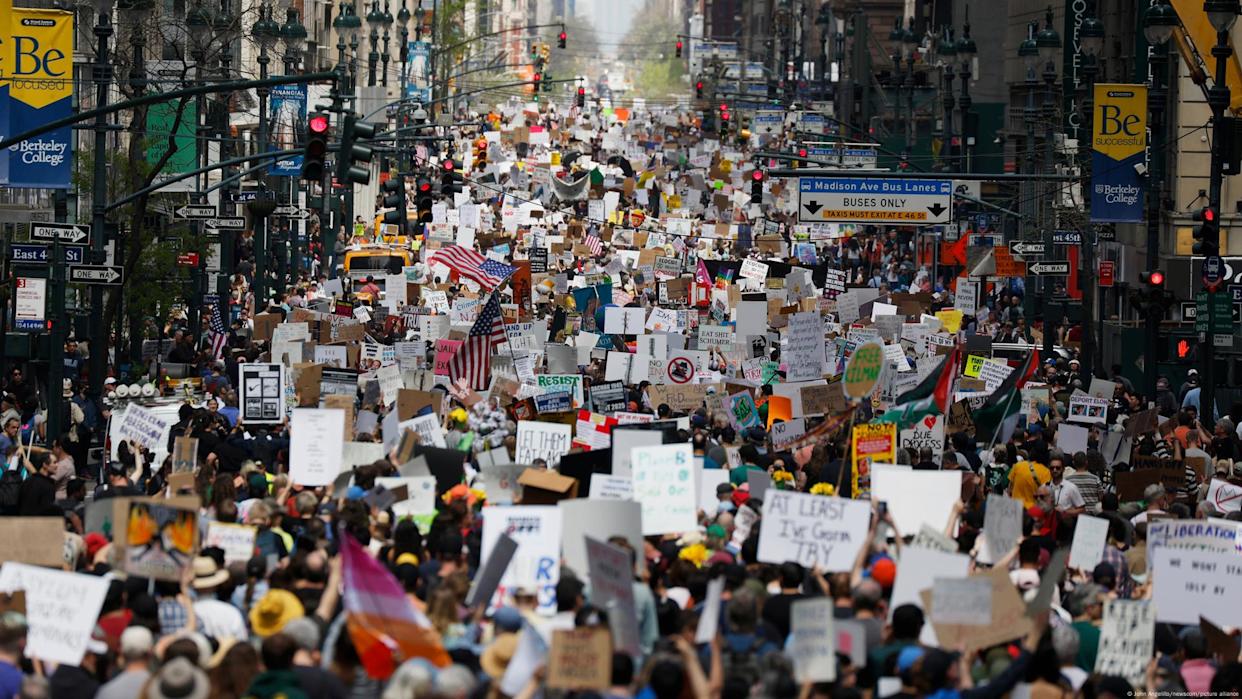
Thousands of protesters gathered on Saturday (April 19, 2025) in major cities like New York and Washington, as well as in small communities across the United States, in a second wave of demonstrations against President Donald Trump. The crowds denounced what they view as growing threats to the country’s democratic ideals.
In New York City, demonstrators of all ages rallied in front of the Public Library near Trump Tower, holding signs accusing the president of undermining democratic institutions and judicial independence.
Many protesters also criticized Trump’s hardline immigration policies, including mass deportations and raids targeting undocumented migrants.
“Democracy is in grave danger,” said Kathy Valyi, 73, the daughter of Holocaust survivors. She told AFP that the stories her parents shared about Adolf Hitler’s rise to power in 1930s Germany “are happening here now.”
In Washington, demonstrators voiced concern over what they see as Trump’s disregard for long-standing constitutional norms, such as the right to due process.
International
ACLU seeks emergency court order to stop venezuelan deportations under Wartime Law
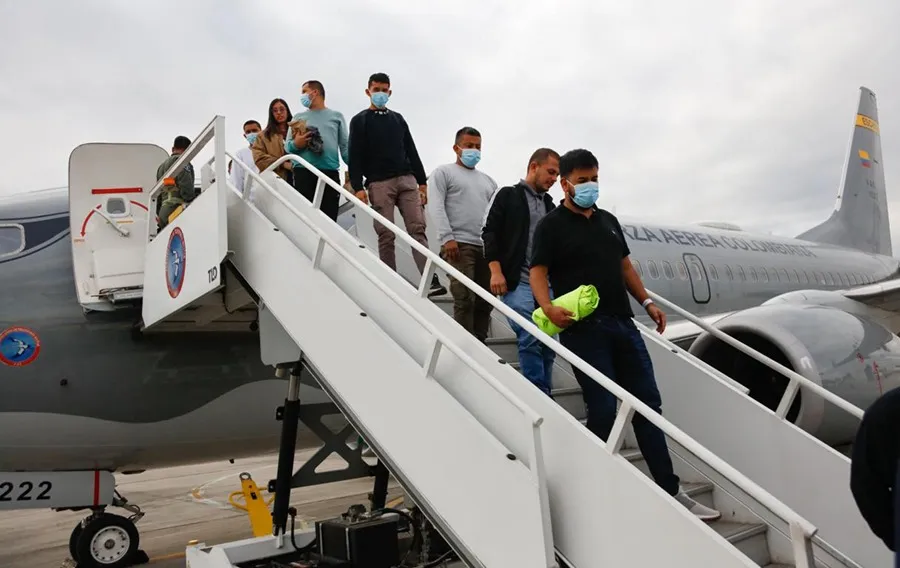
The American Civil Liberties Union (ACLU) on Friday asked two federal judges to block the U.S. government under President Donald Trump from deporting any Venezuelan nationals detained in North Texas under a rarely used 18th-century wartime law, arguing that immigration officials appear to be moving forward with deportations despite Supreme Court-imposed limitations.
The ACLU has already filed lawsuits to stop the deportation of two Venezuelan men held at the Bluebonnet Detention Center, challenging the application of the Alien Enemies Act of 1798. The organization is now seeking a broader court order that would prevent the deportation of any immigrant in the region under that law.
In an emergency filing early Friday, the ACLU warned that immigration authorities were accusing other Venezuelan detainees of being members of the Tren de Aragua, a transnational criminal gang. These accusations, the ACLU argues, are being used to justify deportations under the wartime statute.
The Alien Enemies Act has only been invoked three times in U.S. history — most notably during World War II to detain Japanese-American civilians in internment camps. The Trump administration has claimed the law allows them to swiftly remove individuals identified as gang members, regardless of their immigration status.
The ACLU, together with Democracy Forward, filed legal actions aiming to suspend all deportations carried out under the law. Although the U.S. Supreme Court recently allowed deportations to resume, it unanimously ruled that they could only proceed if detainees are given a chance to present their cases in court and are granted “a reasonable amount of time” to challenge their pending removal.
International
Dominican ‘False Hero’ Arrested for Faking Role in Nightclub Collapse That Killed 231
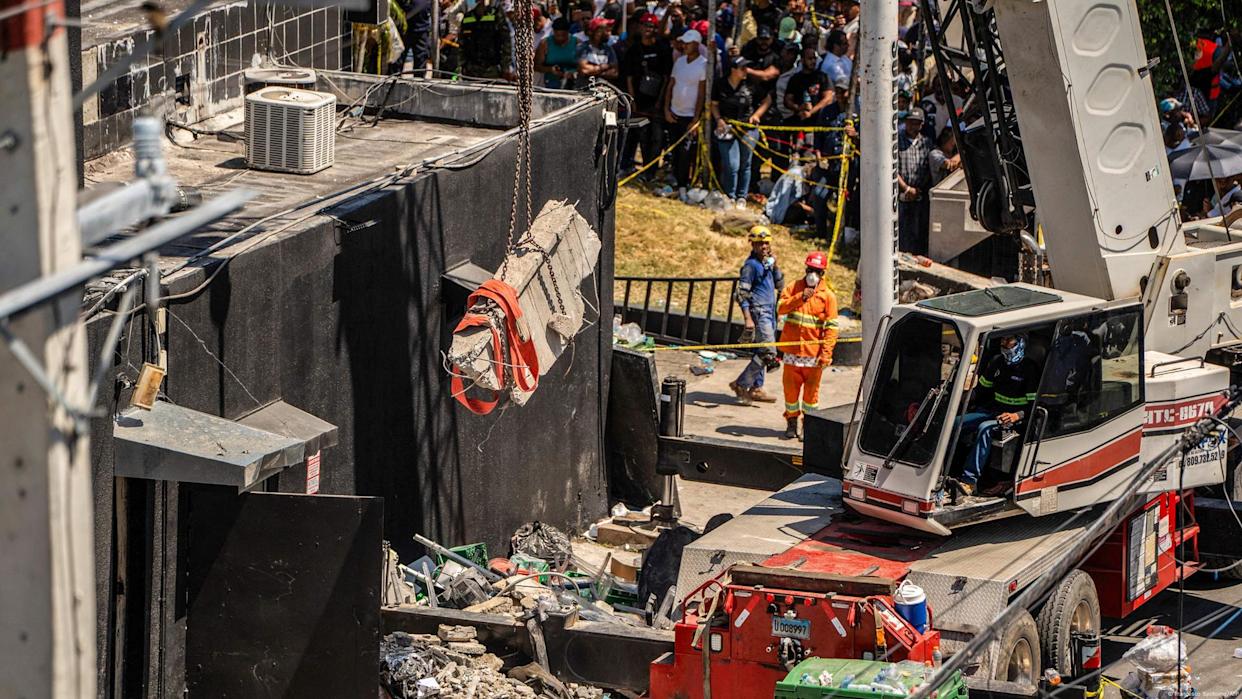
A man identified as Rafael Rosario Mota falsely claimed to have rescued 12 people from the collapse of the Jet Set nightclub in Santo Domingo—a tragedy that left 231 people dead—but he was never at the scene.
Intelligence agents in the Dominican Republic arrested the 32-year-old man for pretending to be a hero who saved lives during the catastrophic incident, authorities announced.
Rosario Mota had been charging for media interviews in which he falsely claimed to have pulled survivors from the rubble after the nightclub’s roof collapsed in the early hours of April 8, during a concert by merengue singer Rubby Pérez, who was among those killed.
“He was never at the scene of the tragedy,” the police stated. The arrest took place just after he finished another interview on a digital platform, where he repeated his fabricated story in exchange for money as part of a “media tour” filled with manipulated information and invented testimonies.
“False hero!” read a message shared on the police force’s Instagram account alongside a short video of the suspect, in which he apologized: “I did it because I was paid. I ask forgiveness from the public and the authorities.”
-
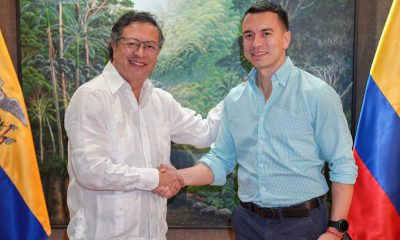
 Central America5 days ago
Central America5 days agoPetro questions Ecuador’s vote, cites reports of military control and arrests
-

 International4 days ago
International4 days agoArsenal stun Real Madrid at the Bernabéu to reach Champions League semifinals
-

 International3 days ago
International3 days agoDominican ‘False Hero’ Arrested for Faking Role in Nightclub Collapse That Killed 231
-
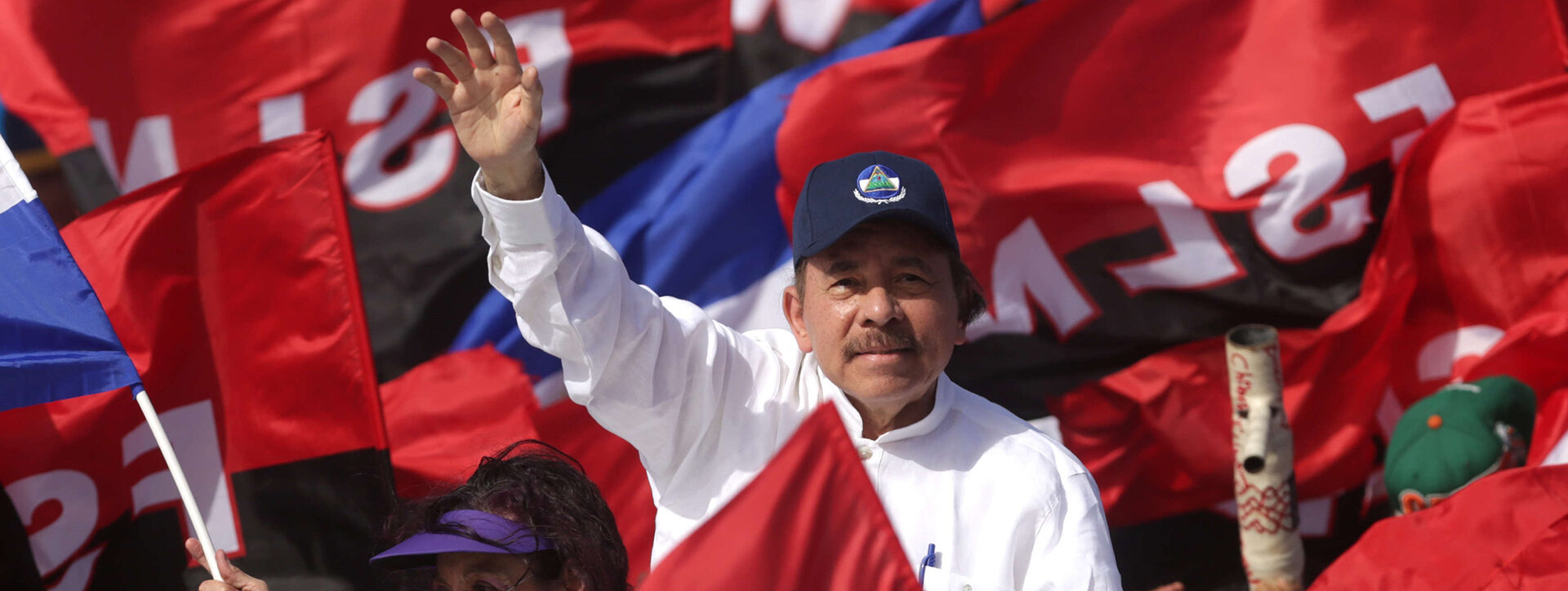
 Central America3 days ago
Central America3 days agoNicaraguan Exiles to Mark 7th Anniversary of 2018 Protests with Global Commemorations
-

 International4 days ago
International4 days agoBogotá residents line up for yellow fever vaccine amid national alert
-
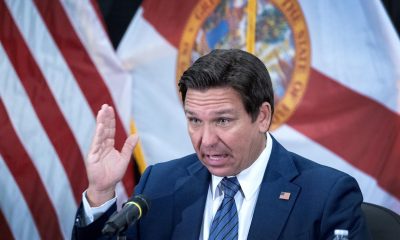
 International4 days ago
International4 days agoDeSantis’ immigration crackdown sparks alarm in Venezuelan Communities in Doral
-
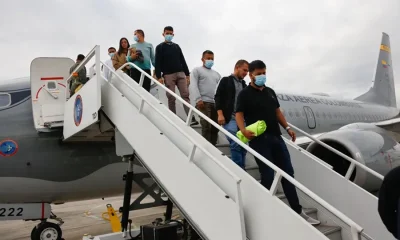
 International2 days ago
International2 days agoACLU seeks emergency court order to stop venezuelan deportations under Wartime Law
-
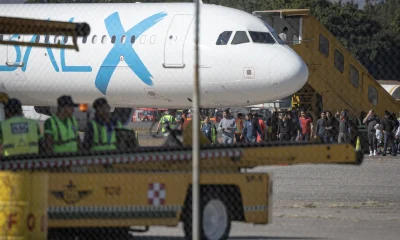
 Central America2 days ago
Central America2 days agoUN complaint filed against Costa Rica over detention of migrant children
-
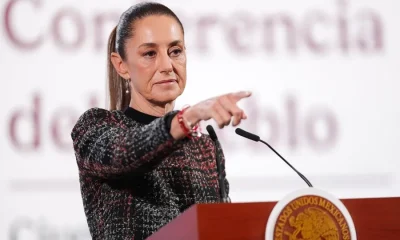
 International4 days ago
International4 days agoMexico refuses to restore ties with Ecuador while Noboa remains in office
-
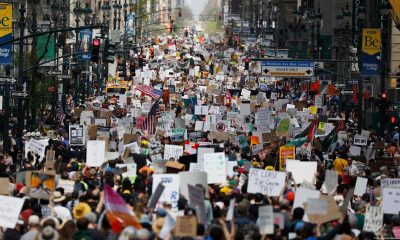
 International11 hours ago
International11 hours agoThousands rally nationwide against Trump’s threat to U.S. democracy
-

 International5 days ago
International5 days agoColombia: Search continues for missing limb of italian scientist found dismembered














